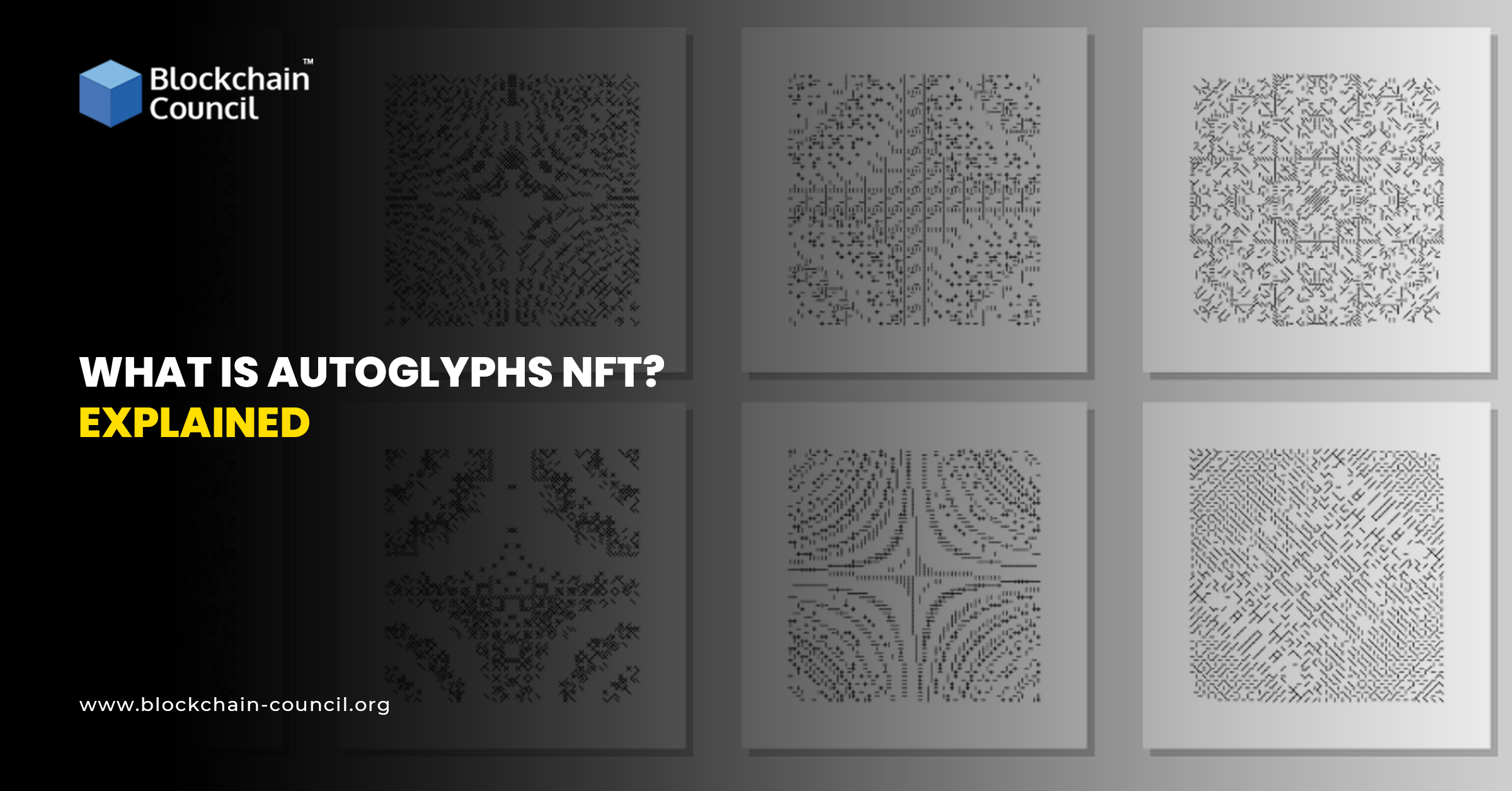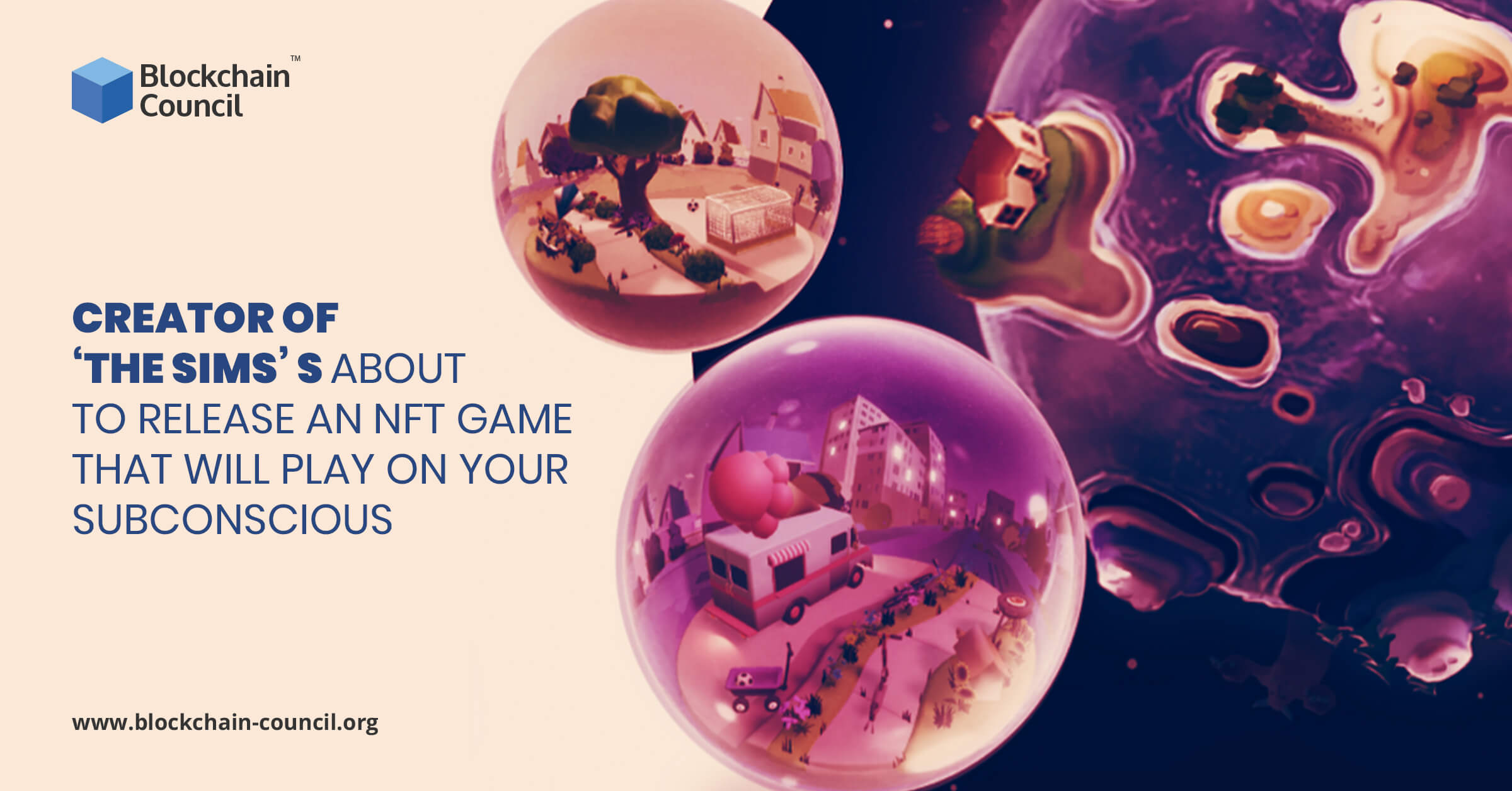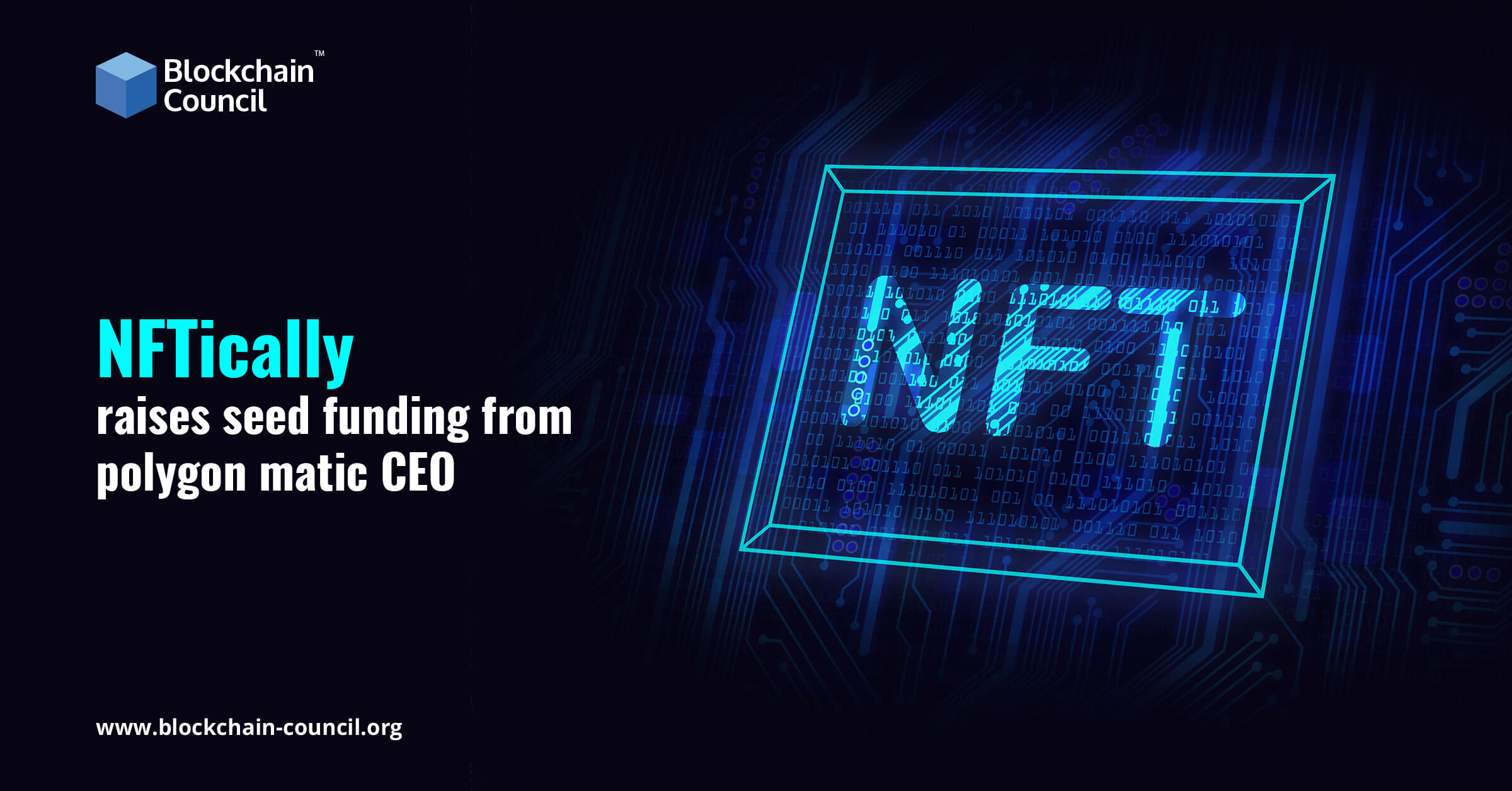
- Blockchain Council
- September 16, 2022
When dealing with the Blockchain concept, people often come across the terms ‘on-chain’ and ‘off-chain’ and wonder what they mean. On-chain and Off-chain are two types of transactions on the blockchain. On-chain transactions are those that are available on the blockchain’s distributed ledger and are visible to all the participants on the network. On the other hand, transactions executing outside the blockchain are referred to as Off-chain transactions.
Autoglyphs are a generative art endeavor, with each one being unique and produced by code on the Ethereum blockchain. They are a self-contained system for creating and owning artwork. The generative crypto art trend has gained traction in recent months, despite its freshness. As all, after NFTs became popular early last year, various generative art NFT projects and NFT platforms arose. Autoglyphs, on the other hand, is the world’s first “on-chain” generative art NFT initiative.
Before diving deeper into Autoglyphs, let us first have a brief introduction of on-chain and off-chain blockchain transactions.
Off-Chain Transactions: A Brief Overview
These are transactions that deal with values outside of the blockchain and can be carried out in a variety of ways. To begin, a transfer agreement can be reached between two parties. Second, there may be a third party who ensures that the transaction is complete and accurate. In the transaction, the third party acts as a form of a guarantor. Today’s payment processors, such as PayPal, operate in a similar manner.
A code-based payment method is also used in off-chain transactions. The participant buys a redeemable code that may be exchanged for crypto assets. The codes are then passed on to a third party that can redeem them. Depending on the code service providers third parties can either redeem the code in the same crypto assets or in another crypto asset.
On-Chain Transactions: A Brief Overview
When a blockchain reflects the transactions on the distributed public ledger, transactions are considered legitimate. This involves a transaction’s authentication and validation by a certain number of participants. Every detail regarding a transaction is recorded on the block and transmitted throughout the blockchain, making the transaction irreversible as it is unalterable.
On-chain transactions consume more time because of the several steps involved to make a transaction successful. Furthermore, certain members of the network may be scared off by the potentially high cost of a transaction.
What is On-chain Generative Art, and How Does it Work?
The best examples of generative art NFT initiatives are Bored Ape Yacht Club (BAYC) and CryptoPunks. In reality, the majority of PFP (Profile Picture) NFT initiatives fall under this group. The real artwork, contrary to popular assumptions, is not saved on the blockchain. Instead, they are held in an off-chain database, which is separate from the blockchain. This is concerning since there is no guarantee that the photographs will remain secure on the cloud indefinitely. The Autoglyphs NFTs stand out in this regard.
According to the Larva Lab founder John Watkinson, “With the CryptoPunks, all of the ownership and provenance is forever and publicly known, and those rules are defined and fixed.” “However, there’s still a flaw in that the art is created outside of the blockchain and remains there, and it’s only referenced via a smart contract.” “We have no complaints about the CryptoPunks,” he said, “but it seemed like there was a chance to go farther.” “With Autoglyphs, we asked ourselves, “Can we create it totally self-contained, completely open, and completely blockchain-based?”
What Exactly is the Autoglyphs NFT Initiative?
Autoglyphs was founded by John Watkinson and Matt Hall, two Canadian software engineers and Larva Labs founders, in 2019. CryptoPunks, the original NFT collectibles, were created by Larva Labs. After CryptoPunks, Autoglyphs was their second project.
What are Autoglyphs NFTs, Exactly?
Simply said, Autoglyphs is an algorithm-generated on-chain generative art project. “An experiment in generative art, each one unique and made by code,” according to Larva Labs. This is characteristic of generative art, which is a technique in which a computer software makes unique artworks based on a fresh set of qualities.
These were initially produced by anybody after paying a 0.2 ETH (approximately $35 at the time) creation cost on the Ethereum network. Furthermore, the entire creation price was contributed to 350.org. 350.org, dubbed “an international movement of ordinary people,” battles climate change and promotes the use of renewable energy sources.
The generator, however, stopped down after just 512 glyphs were created. Autoglyphs have become exceedingly precious as a result of their rarity. To be sure, their current floor price is a monstrous 177 ETH ($544,000). Furthermore, they are the first-ever on-chain generative art endeavour, making them a genuinely unique piece of history.
How are Autoglyphs Created?
The Autoglyphs are an ERC-721 interface wrapped around a highly efficient generative algorithm capable of producing billions of distinct artworks. Although ERC-721 is the standard for “non-fungible tokens”, it is more typically used to track ownership rights objects stored elsewhere. Autoglyphs differ from other blockchain-based art as it is “art on the blockchain” which signifies that the artwork is embedded in the contract.
If you look at any glyph creation transaction on the blockchain, you’ll see what I’m talking about. The artwork is contained in the event data, which includes the generator’s whole output. Following the written instructions in the smart contract’s comments, the pattern may then be drawn onto a screen or even on paper.
How Valuable are Autoglyphs NFTs?
There will never be more than 512 Autoglyph NFTs because the generator has shut down. These priceless NFTs are now owned by 152 collectors. Without a doubt, understanding their value, the holders of these NFTs will not readily part with them. As a result, just three Autoglyphs have been sold in the previous 30 days.
Furthermore, the majority of these NFTs have been sold for millions of dollars. According to DappRadar, Autoglyphs #463 is the most frequently purchased NFT in the collection. It fetched a stunning $1.58 million at auction. Autoglyphs #486 and #403 are in second and third place, respectively, after selling for $1.56 million and $1.51 million.
Autoglyphs #380 is the fourth most valuable NFT, having sold for $1.48 million. Finally, Autoglyphs #17 comes in fifth place with a $1.44 million price tag. At least six more Autoglyph NFTs have also sold for over $1.1 million. If you wish to purchase one of these NFTs on OpenSea, it will set you back at least 177 ETH. Some have been advertised for as much as 1999 ETH (about $6 million as of this writing). Autoglyphs, like other legendary collections like Rare Pepe and CryptoPunks, is expected to appreciate in value in the future. Those who snatched these up early on were really fortunate! With the staggering amount at which NFTs are sold, NFT development has gained pace with more and more individuals and ventures turning their work into NFTs.
Conclusion
Undoubtedly Autoglyphs NFT is one-of-a-kind on-chain generative art initiative. This is surely a revolutionary experiment with NFTs on on-chain blockchain.
The parties’ major aims determine whether an on-chain or off-chain transaction is preferred. If security, immutability, and a verified transaction are necessary, an on-chain transaction is preferable; but, if transaction costs and speed are critical, an off-chain transaction is preferable.
Because they cannot be reversed once they have been confirmed and authenticated on the blockchain unless the majority of the network’s hashing power agrees, on-chain transactions are more dependable and resistant to fraud. And thus, experiments with on-chain generative art have debuted.
If you want to know all about cryptocurrency, blockchain and NFTs, then Blockchain Council’s comprehensive certification courses are available for you. These courses offer training with theoretical knowledge. Apart from this, these courses are light on pocket. So, if you aspire to become an NFT expert then simply enrol in the course that best suits you offered by Blockchain Council.





































































 Guides
Guides News
News Blockchain
Blockchain Cryptocurrency
& Digital Assets
Cryptocurrency
& Digital Assets Web3
Web3 Metaverse & NFTs
Metaverse & NFTs
